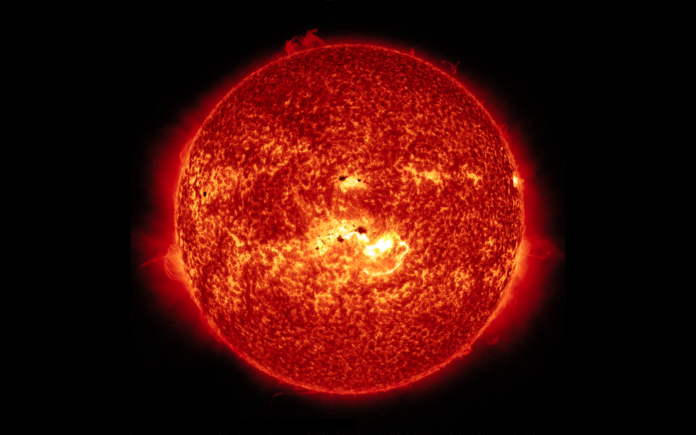While various studies have been carried out on the sun, none have gotten a closer look inside the sun’s corona than this. And, according to a group of University of Michigan researchers, what’s found inside is rather surprising.
The U-M researchers play pivotal roles when it comes to NASA’s Parker Solar Probe mission. In August 2018, the spacecraft was launched in hopes to achieve the answers to these two fundamental questions:
- Why does the corona’s temperature increase the further you move from the surface?
- What causes the solar winds emanating from the corona to accelerate?
Justin Kasper is a professor of climate and space sciences and engineering at U-M who is largely involved in the study. He believes that “these observations will fundamentally change our understanding of the sun and the solar wind and our ability to forecast space weather events.” The findings revealed that the impact the sun’s rotation has on solar wind is far greater than we realized. “To our great surprise, as we neared the sun, we’ve already detected large rotational flows 10 to 20 times greater than what standard models of the sun predict,” said Kasper. And while this information is exciting, it also means that we’re “missing something fundamental about the sun, and how the solar wind escapes”.
The other part of the research mission, regarding the sun’s magnetic field, also bought equaling compelling results. Solar winds contain magnetic oscillations called “Alfven waves”. Previously these waves were believed to have been remnants of whatever the source of the heating was.
However, the Parker mission bought some unexpected results. “When you get closer to the sun, you start seeing these ‘rogue’ Alfven waves that have four times the energy than the regular waves around them,” explains Kasper. “They feature 300,000 mph velocity spikes that are so strong, they actually flip the direction of the magnetic field.”
Could these polarity-reversing velocity spikes be responsible for the corona getting hotter the further it gets from the sun? Only further research (and time) will tell.

